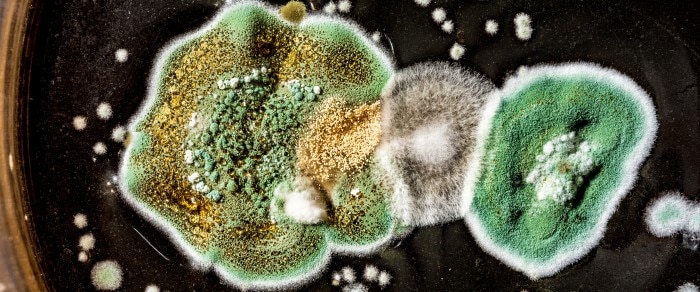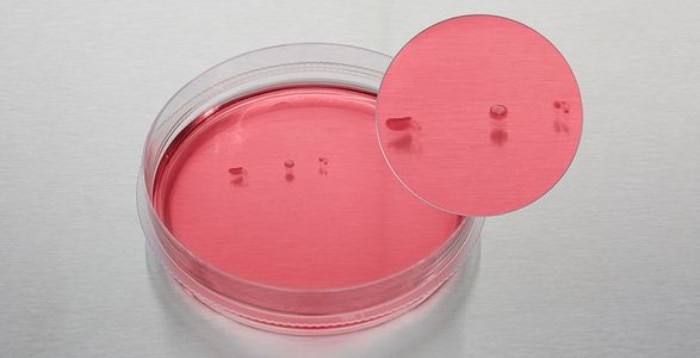MENU
PL | PLN
PL | PLN
-
- Wirówki stołowe
- Wirówka stojąca na podłodze
- Wirówki z chłodzeniem
- Mikrowirówki
- wirówki wielofunkcyjne
- Wirówki wysokoobrotowe
- Ultrawirówki
- Koncentrator
- IVD Products
- High-Speed and Ultracentrifuge Consumables
- Probówki wirówkowe
- Płytki wirówkowe
- Zarządzanie urządzeniem
- Zarządzanie próbkami i informacjami
Nie znaleziono wyników
Sugestie wyszukiwania

How to identify fungal contamination in your cell culture
Akademia laboratoryjna
- Biologia komórki
- Hodowla komórek
- Zanieczyszczenie
- Inkubatory CO2
- Cell Culture Consumables
- Eksperyment
Macroscopic detection
Fungi and mold can appear as small isolated colonies of grey, white or greenish color, floating at the surface of the medium. It is important to inspect the culture vessel with the naked eye and look for colonies which rest on the medium surface and will be missed during microscopic inspection. If the contamination is substantial, the medium will become turbid and cloudy, and spots on the vessel surface may appear. Sometimes fungal contaminations will cause a pH increase of the medium, resulting in phenol-red containing media to appear pink.
Przeczytaj mniej

Fungal colonies floating on the medium surface.
Microscopic detection
It is usually the fungal spores which get into a culture vessel and then begin to sprout and form the typical fiber like hyphae. Fungi growing on the bottom of the dish/flask are more easily detected in the microscope than those floating on the surface.
Przeczytaj mniej

Related links
Przeczytaj mniej

